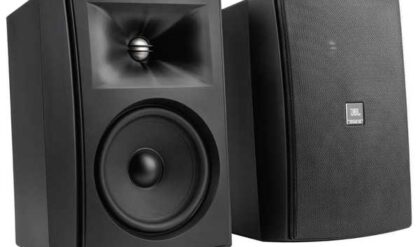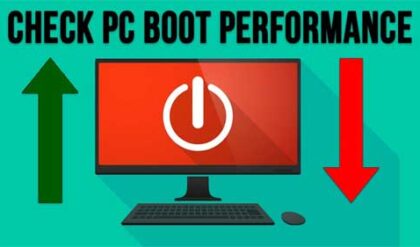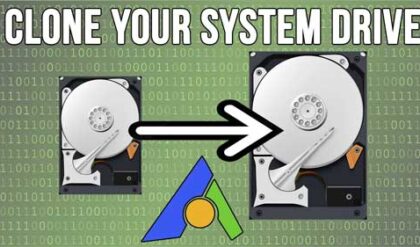How smart is your office?
It is no exaggeration to call the Internet of Things (IoT) a phenomenon and a rapidly growing field, with Gartner estimating there will be as many as 26 billion connected devices by 2021. For most people, the term IoT brings to mind consumer devices such as smart speakers and internet-connected white goods. But the limits of IoT are only set by the creativity of the users, and the diversity of IoT devices in the workplace also continues to rise. By 2020, business IoT implementation is expected to have increased by 250% compared to where it was just three years earlier.
In manufacturing and logistics-based industries, the benefits of IoT are immediately clear. Sensors can be used to monitor machinery for errors, maintain temperatures and identify project bottlenecks before they happen. But by utilising business IoT for time consuming tasks too, such as administration and management, improvements to productivity and security can be made across almost any type of industry.
With machinery and scheduling better optimised, the next logical step is to use IoT-sourced data to help improve the office environment for the human workforce. A significant benefit of automation that is not always apparent is the positive impact that IoT can have on improving the happiness and well-being of employees, which can result in great benefits for both the individuals and the wider company.
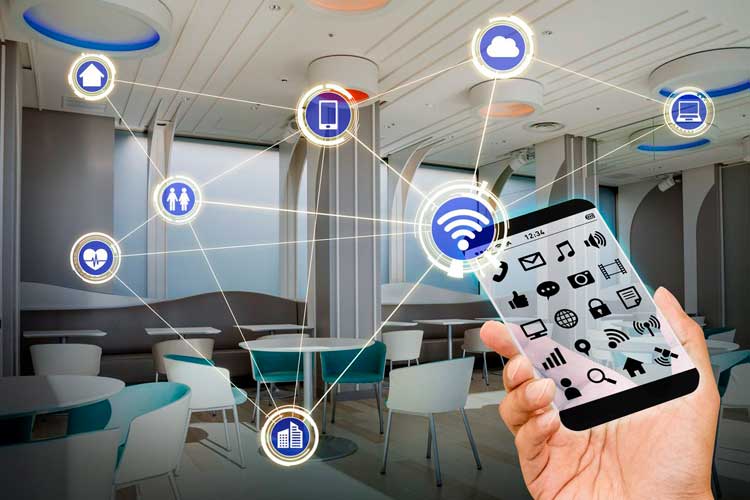
The benefits of improved wellbeing
There is a distinct correlation between staff happiness and improved performance in the workplace. A report by the Social Market Foundation found that happy employees could be up to 20% more productive. Employees who enjoy their work can help to encourage an environment of positivity and creativity.
For many years, haulage firms have used telemetrics to monitor their drivers’ activities, from speed to hours on the road, providing constant updates on the condition of the vehicle and its driver. It is only with the introduction of IoT into the office that this level of detailed feedback has become available to every business and every type of industry. Careful use of this data can ensure that both the workers and their tools are operating effectively and are proactively cared for.
Environment
Environment is a huge factor in improving productivity. Optimised ventilation, heating and light can help employees to remain comfortable, calm and focussed. Alternatively, a poor environment can negatively affect morale, leading to reductions in staff retention and a rise in sick days.
Combining the data collected from sensors with staff feedback can help management to construct a data-driven overview of the workplace, giving the opportunity to optimise the environment to suit the specific needs of the workforce. This can be as simple as adjusting the timing of meetings to minimise their impact on productivity, or adjusting the temperature depending on how many people are in the room. Beyond short-term changes, this data could also be compiled so that factors such as footfall can be used to redesign and improve the office floor plan.
Wearables
Wearables are a popular implementation of IoT and one of its fastest growing markets, with the global wearables market expected to reach $51 billion by 2020. Their popularity continues to grow as people aim to live a healthier life through tracking fitness, diet and mindfulness. With so much data available around self-improvement, it follows that using wearables in the workplace could help to improve working life.
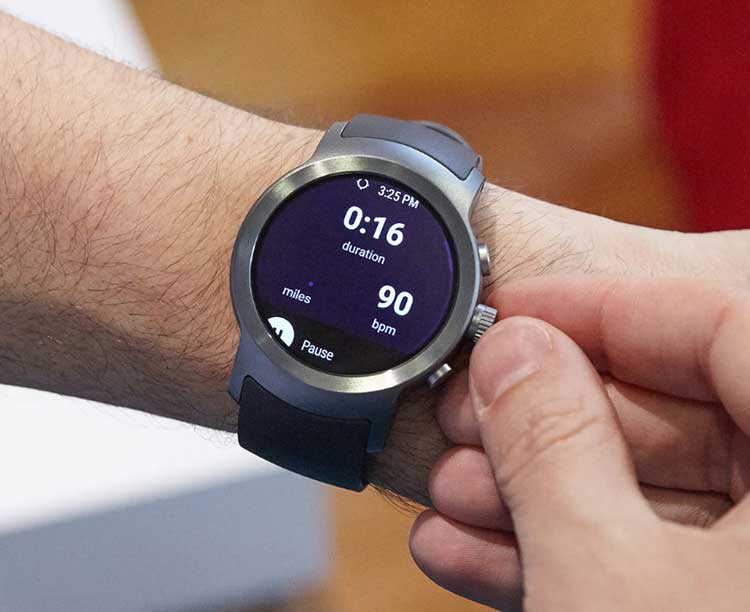
Incorporating wearables into a wider staff wellness strategy will allow companies to monitor for signs of stress and anxiety, reducing the risk of both mental and physical ailments becoming serious issues. As millennials increasingly populate the workforce, the generational prioritisation of personal wellbeing is increasingly considered a vital piece in the operation of a successful business. By providing both a positive working environment and wider support network, the smart office can help to improve productivity, worker happiness and staff retention
Concerns
Collecting individual productivity, communication and location data could provide valuable insights into overall health and identify office dynamics that could be improved. But as with any data collection, the challenge here is the sharing of highly personal data, which could be a sticking point. To avoid issues around data privacy, corporate wellness activity should always be voluntary and the company should clearly communicate policies around which data will be collected.
Another major concern is finding the balance between improving wellness and the security implications of adding multiple new devices to the network. Ensuring that every device is updated with the latest security software can be a time-consuming task, especially with devices working on different platforms. Couple this with the increasingly mobile nature of the workforce and security could quickly become a major issue.
Preparing for the implementation of IoT is a great opportunity to first assess the effectiveness of the business’ existing security setup. Consider an audit of existing security policy and tools for office-based computers to make sure that they are all running endpoint security software alongside antivirus, firewalls and malware scanners. This will help to ensure that, from a software perspective, every device is as protected as possible.
The risk of human error should also be considered. Anyone using personal devices, from laptops to wearables, should be required to sign a Bring Your Own Device policy (BYOD) to ensure that these devices are secured with two factor authentication and strong passwords alongside the installation of updates and patches as soon as they become available.
Conclusion
The implementation of IoT in the workplace has a broad number of benefits that will help improve employee happiness and help to reduce operating costs. While security concerns should be carefully addressed, the IoT-enabled office is becoming an increasingly common sight at the same time as modern workers’ motivation is focussed on improved work life-balance and well-being. It is vital that small businesses consider prioritising both in order to reap the benefits a modern working environment can offer.

